This shouldn’t be breaking news for anyone by this point – sedentary life might be comfortable for a while, but pretty quickly starts to become damaging to your health and body. Back pain, neck pain, headaches, tightness, and muscle weakness are just some of the issues that can be directly related to dealing with desk life. With so many people spending upwards of 70-80% of their day sitting at work, in the car, or at home, it’s hardly surprising that the most common bad postural habits and their associated musculo-skeletal complications are directly related to prolonged sitting.
Even people who lead otherwise active lifestyles in terms of daily exercise or intense sport activity often still manage to spend the majority of time around these short bursts of exercise sitting. This can even be more detrimental in a way when you’re subjecting your body to such dramatic shifts in physical demand.
If you don’t ready any further, this is the best baseline understanding you can have for understanding your body’s needs: it hates being in one position for very long. Obviously some postures are going to be better than others, but as far as our evolutionary history is concerned, we’re meant to be moving, active, and mobile very regularly from dawn to dusk.
BUT there are definitely some ways to better your chances of successfully navigating a sedentary lifestyle in a way your body won’t hate you for.
Break it up
Simple; if your body doesn’t want to be stuck in one position for long, don’t let it. Stand up and go for a walk to the bathroom or get some water, stretch a little, move your back, hips, shoulders and neck through some general range of motion. Try to spend at least 5 minutes every hour out of your chair. Standing desks have become increasingly popular in workplaces and for good reason, letting you spend 30-60 minutes either sitting or standing and then swapping to the other without you having to give up any of that precious productivity (or having to get off facebook).
Get that posture perfect
Either sitting or standing, your skeleton and muscles are made to distribute load efficiently in a way that lets all your tissues work together to sustainably keep you upright. Slumping and slouching might feel easy for a while as you switch your muscles off and rest on the passive hold of your ligaments, but can create chronic joint irritation and low-grade sprains, as well as de-condition your muscles.
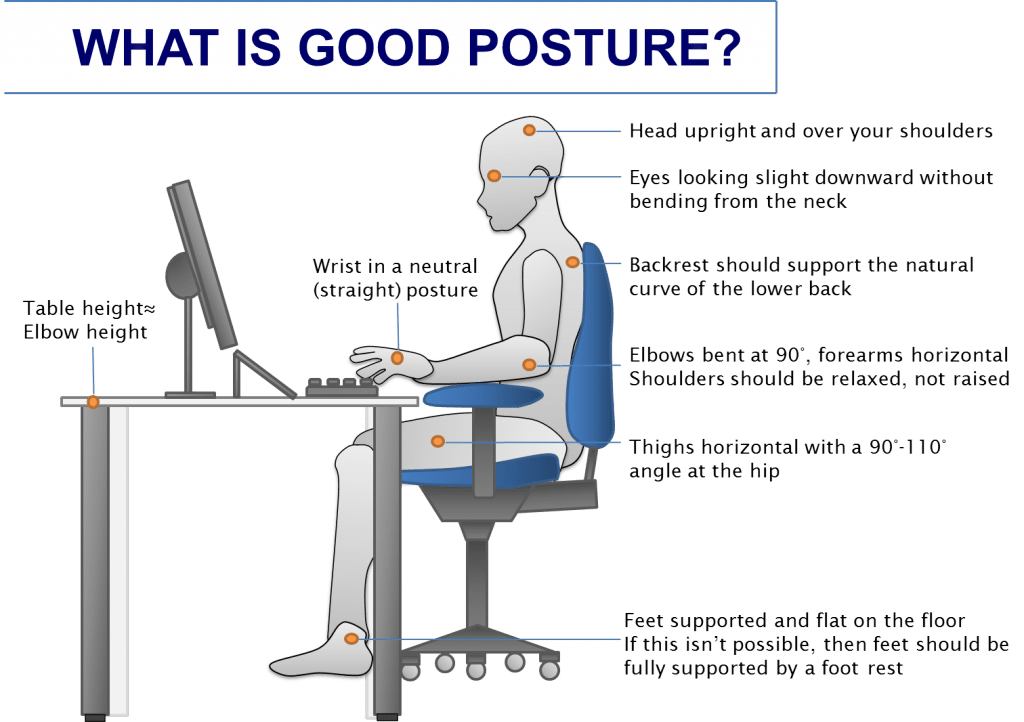
Key tips to take on board:
- Slide your bum right back in the seat (allows you to maintain a curve in your lower back). You can also use a small tea towel rolled up behind your lower back to help maintain this curve.
- Bring your seat in CLOSE to the desk (stops you slumping everything forwards to reach for the keyboard)
- Pull your shoulders and head back. Doesn’t have to be really back, just enough to keep you sitting neutral and straight. Your back and head should be positioned over your bum, keeping your centre of gravity supported by your whole spine.
Do some exercises during the day
Whether it’s on your lunch break, or you split it up into a few minutes scattered throughout the day, doing some light exercises and stretches aimed at opposing the bad movement patterns involved in long sedentary periods can provide a much better balance to your physical health. Keep in mind, all these should only be performed if pain-free and you feel confident enough to do so.
Spine mobility:
Keep the mid-upper spine and ribcage mobile with some movements like foam rolling on the floor to oppose the constant flexion in your back and release the overworking extensor muscles, or doing some global trunk rotations to stretch the small muscles of the spine and mobilise the ribcage.
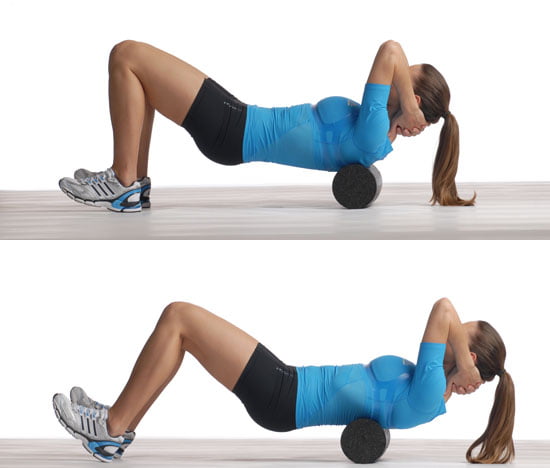
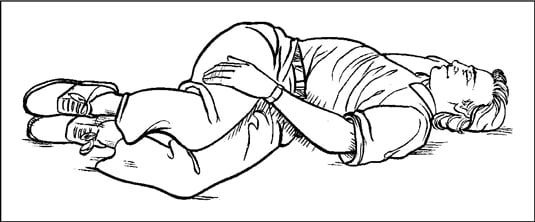
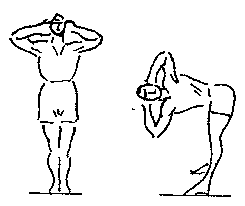
Open the shoulders:
Standing in a doorway or with a single arm on a wall, stretch your chest and shoulders by drawing your arms back, lean into your chest and ease deeper into the stretch to counteract the hunching, forward roll of your shoulders leaning in to do desk work all day. Bend or straighten your knees to bring your height up and down and target different parts of the chest and shoulders. Can be done with both arms or one arm at a time.
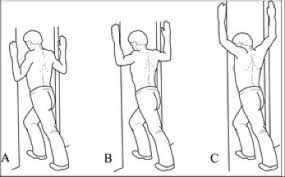
Activate your legs:
Do some standing lunges and allow your weight to slowly take you deeper, feeling the muscles of your legs fire to keep you upright and balanced, and the muscles of your hips stretch after being shortened in a chair. Additionally, perform a few slow and deep squats, holding onto something in front of you if you need, getting maximum flexion out of your knees and pushing them forwards over your toes to work your ankle mobility. Sit in the bottom of the squat and lean side to side, bounce a little, and rock back and forth.


